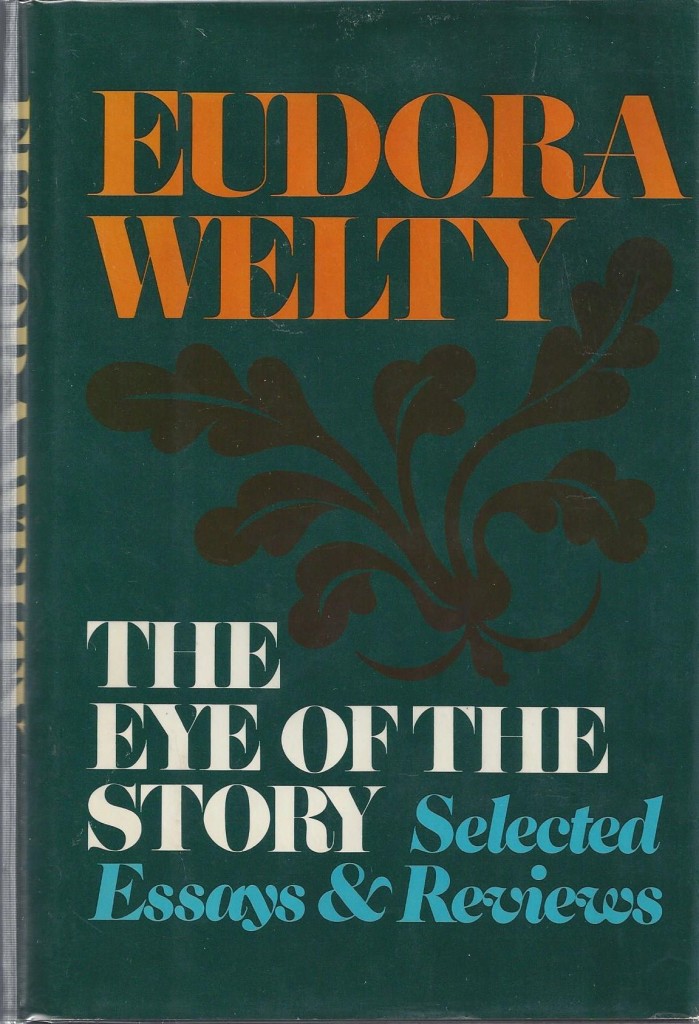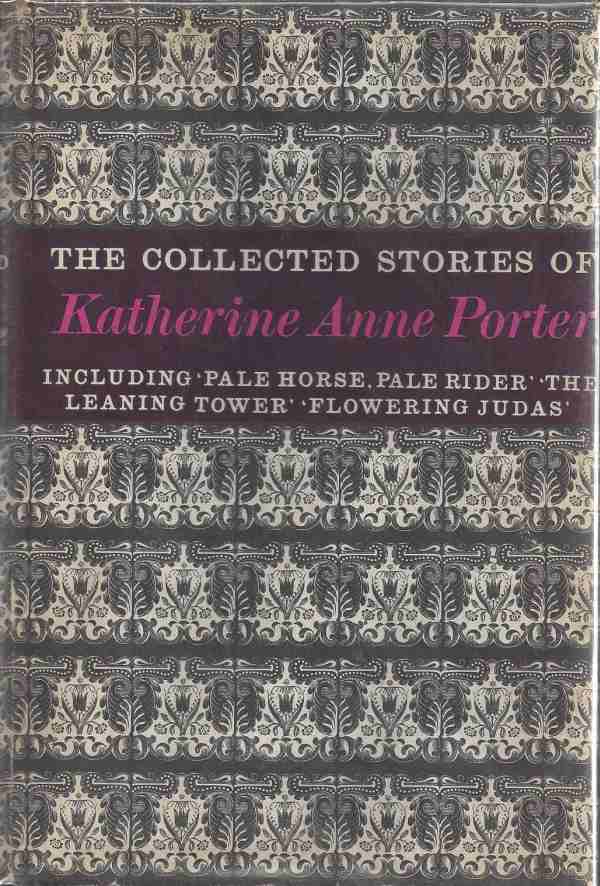The Collected Stories of Katherine Anne Porter. London, UK: Jonathan Cape, 1964.
 Callie Russell Porter was one of four children born in 1890 in Indian Creek, Texas, a small community in West Central Texas. Her mother died in childbirth when Callie was just two-years-old so her father moved the children to live with his mother in Kyle, Texas. Callie’s grandmother, Catherine Anne Porter made a strong impression on her, with a love for the finer things in life when much was to be had and even concocted family stories of rich plantations and waiting servants. Callie eventually changed her name to Katherine Anne Porter and also adopted her grandmother’s belief in using whatever means she had to make her dreams come true.
Callie Russell Porter was one of four children born in 1890 in Indian Creek, Texas, a small community in West Central Texas. Her mother died in childbirth when Callie was just two-years-old so her father moved the children to live with his mother in Kyle, Texas. Callie’s grandmother, Catherine Anne Porter made a strong impression on her, with a love for the finer things in life when much was to be had and even concocted family stories of rich plantations and waiting servants. Callie eventually changed her name to Katherine Anne Porter and also adopted her grandmother’s belief in using whatever means she had to make her dreams come true.
Porter married for the first time at age 16 and received no formal education beyond grammar school. She left an abusive marriage, worked as an actress, singer, and newspaper journalist, finally enduring a severe case of bronchitis in a rough span of about 10 years. After a two-year stay in the sanatorium, she decided to turn her artistic ambitions toward writing, and in 1930 her first collection, “Flowering Judas,” was published with literary acclaim but little commercial success.
 Porter was a leading literary figure of the time and she happened to be Eudora Welty’s first notable literary connection in 1938. Welty would go on to write the title essay, “The Eye of the Story,” on Porter’s short stories:
Porter was a leading literary figure of the time and she happened to be Eudora Welty’s first notable literary connection in 1938. Welty would go on to write the title essay, “The Eye of the Story,” on Porter’s short stories:
“All the stories she has written are moral stories about love and the hate that is love’s twin, love’s impostor and enemy and death. Rejection, betrayal, desertion, theft roam the pages of her stories as they roam the world . . . [Her work] has shown me a thing or two about the eye of fiction, about fiction’s visibility and invisibility, about its clarity, its radiance . . . Katherine Anne Porter shows us that we do not have to see a story happen to know what is taking place. For all we are to know, she is not looking at it happen herself when she writes it; for her eyes are looking through the gauze of the passing scene, not distracted by the immediate and transitory; her vision is reflective.”
Porter’s stories vary greatly in place—from Texas to Mexico to Berlin—but the intensity of Porter’s inner reflection is always constant and a great magnet for the reader.
 Life changed greatly for Porter when she published her first and only novel “Ship of Fools” in 1962. Although it was not a literary success, the novel became a bestseller and the talk of the nation. According to biographer Joan Givner, it was even the conversation of Presidential inaugural dinner between President John F. Kennedy and Mary Hemingway. It was not until after “Ship of Fools” that Porter published “The Collected Stories.”
Life changed greatly for Porter when she published her first and only novel “Ship of Fools” in 1962. Although it was not a literary success, the novel became a bestseller and the talk of the nation. According to biographer Joan Givner, it was even the conversation of Presidential inaugural dinner between President John F. Kennedy and Mary Hemingway. It was not until after “Ship of Fools” that Porter published “The Collected Stories.”
The American edition published in 1965 by Harcourt won the Pulitzer Prize and the National Book Award that year. However, the English edition published by Jonathan Cape in 1964 oddly remains the true first edition. In this unusual situation, the collector might want both editions. The English is less common than the American edition and signed copies are extremely scarce.
See all of Lemuria’s current first editions inventory for Katherine Anne Porter here.
Written by Lisa Newman, A version of this column was published in The Clarion-Ledger’s Sunday Mississippi Books page.


Comments are closed.